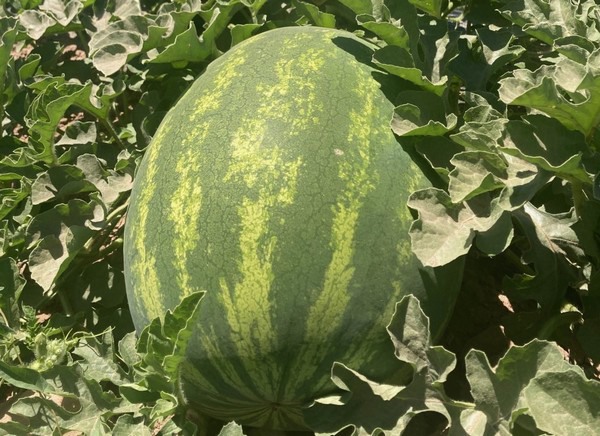The weather in Mexico looks to be delaying some watermelon production. In Northwest Mexico, the majority of watermelon comes from Sonora. “The first district that gets going is the Guaymas Valley and that area is delayed due to cool weather in March,” says Scott Vandervoet of Vandervoet & Associates, adding that in general, the daily average temperatures have also generally been cooler in the region.
Next up is Hermosillo which is also delayed, though by not as much. “The concern is that you will have more of an overlap in production this year. A lot of people try to move from through one district and onto the next,” he says. “I don’t know if we’re going to see that smooth transition this year.”
That said, supplies are average right now, even though acreage has been reduced this winter season in both Sonora and Sinaloa. “This is a result of multiple causes but inflation for inputs such as fertilizer, labor, the cost of freight is a factor,” says Vandervoet, estimating that acreage could be down between 10-20 percent.
As warmer temperatures come on across North America, consumption will pick up in watermelon. “I think we’ll get into a time here when we’ll see increasing supplies and hopefully demand is there to match it,” he says. He notes that pricing was holding steady for watermelons at around .30 cents/lb. in Nogales. “That’s not a bad price at this time of year and the costs related to the production. As we move through the different growing districts, costs change because yields change and the cost to get the product to the shipping point here in Nogales also changes. However, right now, the market is acceptable.”

The new normal?
With the sense that high costs in growing may not go away, even with a recent slight softening in the costs of cardboard (although those costs are still above pre-pandemic levels), Vandervoet says the ag industry may have transitioned to a new normal--one where items have just become more expensive to produce.
However, while the possibility of a recession still looms large, Vandervoet sees one positive economic sign. “People complain about higher costs but they don’t stop consuming. Restaurants still see strong demand,” he says. “Some sectors such as tech have had layoffs but I don’t think we’ve come into that recession scenario. If we were to, that’s when historically you’d see shifts in consumption away from the foodservice and restaurants and towards supermarkets. However, people are continuing to go out which is good.”
Looking ahead over the next month, all eyes are on the pull related to Memorial Day weekend--that weekend marks the second-highest watermelon consumption holiday following the July 4th weekend.
For more information:
Scott Vandervoet
Vandervoet & Associates
Tel: +1 (520) 281-0454
[email protected]
